The baritone is the only ukulele out of the four that isn’t tuned GCEA (with either a high or low G) and, as a result, I dismissed it early. It is undoubtedly the least ukulele-sounding of the bunch because it doesn’t feature re-entrant tuning and is actually tuned DGBE. Does that sound familiar? Those are the top strings of a guitar without a qualifier like “if you put a capo on…” Nope – just the top four strings of a guitar.
Personally, my thinking when I found out about this went along the lines of “why would I be interested in that? I already have guitars and even an acoustic one. What could a baritone ukulele offer that is different – especially if it has LESS strings?”
But I was wrong wrong wrong in my early dismissal of the instrument. The first time I heard one played in person it was a Pono RBSH(C)-PC and I was blown away from the very beginning with the bass presence – with the ringing sustain across the spectrum, really. For an ukulele – even one as big as a baritone – that features two less strings than a normal guitar, the bass presence was pretty significant. The notes rang out beautifully and intricate chords were able to be heard perfectly. It sounded beautiful – the kind of guitar that lends itself to playing slowly on pretty ballads.
It reminded me right away of what Bob Taylor once said about parlor guitars being the kind of guitar you serenade a loved one with, but hearing this, I thought the baritone uke would honestly be a better option. Ukulele is always a better option when it comes to serenading, and you can’t argue with the compact size that is still smaller than a parlor guitar. And as far as serenading goes, the RBSH(C)-PC also has a good balance of volume. Loud enough to be heard across the room in case you want to serenade at a non-awkward distance, but quiet enough to not force them to ask you play softer (a surefire mood-killer).
I also couldn’t help but think of jazz and swing, which this ukulele lends itself perfectly to. Yes, it would be great for ballads, but it is also great for chord melodies. Benny Chong goes CRAZY on a baritone ukulele and it’s great. Stack another ukulele on top for lead stuff and the sound is amazing. The baritone makes for a great accompanying instrument, but if you’re into solo chord melody like I am, it makes for a great solo instrument as well.
Not that it can’t handle single-note stuff. It actually handles it quite well, especially when you strike a chord and then fill in the space with the melody as the chord drones and decays.
So now that we know that baritone ukuleles deserve your attention so you don’t make the same mistake I did, let’s talk about this one specifically.
The Pono RBSH(C)-PC is part of the Pro Classic line from Pono, which features a radiused fingerboard, bone nut and saddle, fancier appointments and, in this case, my favorite kind of headstock (slotted).
The back and sides of this particular ukulele is rosewood with that lovely mid-level brown to it which contrasts nicely to the lighter-brown Hawaiian koa binding with black and white purfling. It also features an abalone rosette and Macassar ebony head plate, bridge, and fingerboard.
The Macassar ebony is a great wood from Asia that gives that traditional ebony tone, but features a different set of looks than the ebony everyone is most familiar with. Usually the ebony we see is straight black, but this Macassar ebony is more of a dark brown with light brown streaks or veins going through it, giving it significantly more character than the traditional ebony we see.
And I’m a big fan of this, personally. I like letting the wood stand out for what it is and would much rather see streaks of light brown and know that it’s authentic than see straight black and realize later with blackened fingertips, that the fingerboard was dyed in order to be more attractive to a certain set of players (this was done by at least one other guitar company in the 1990s). I also like the fact that it means every fingerboard is unique. I’m a big proponent of individuality when it comes to instruments and the level of figuring is a good way to do it. Bob Dylan’s Newport Stratocaster was actually identified by the figuring on the guitar! When it comes to instruments, I like anything that can make a player look at it and feel individual ownership – it isn’t just one of many and based on these individual characteristics it is uniquely theirs.
The top of the ukulele is cedar, which makes for a great soundboard. On a smaller ukulele it makes for a brighter sound, but as you get a bigger surface, it starts to warm it up, which is what happens here, giving it a nice sound that is bordering on the mellow, but with the scale and strings still has the punch for the melodies to shine through.
Cedar is one of the more fragile woods, though, so it’s easily dinged and dented. If maintaining a pristine-looking instrument is important to you, you could choose to go with spruce which is a harder and harder-to-ding wood. Spruce will also add a brighter tone that would be more in line with the traditional acoustic guitar pairing of spruce and rosewood.
This guitar covers just about all genres with equal aplomb. It sounds great played slowly, but it also sound great when played with speed. The scale makes it easier to move around on than a guitar, but gives you more room than on a tenor ukulele. The construction of the ukulele is perfect with smooth frets, a comfortable fingerboard and fingerboard radius. The tuners operate smoothly and stay in tune once the strings are properly stretched and it looks beautiful overall.
I do think it’s important to disassociate it from your average ukuleles as far as scale and tone go because it sounds so dissimilar from re-entrant tuning (though there are strings specifically made to string a baritone with the standard GCEA strings for the folks who want an overall bigger ukulele experience). I think the issue that most people run into is they expect an ukulele sound and then find the top strings of a guitar which isn’t bad at all – it just isn’t what you expect.
That being said, if you look at it as a separate instrument, it really is special. It’s easy to play, it sounds really nice, the volume and range are spot-on, and it can be used in a variety of musical situations. I strongly recommend that, if you’re like me and you have been dismissing it, to give them a shot and check them out. Try to go in without any preconceived notions and just have fun playing it and I’m sure you’ll be impressed with the versatility of the instrument!
See this model at The Ukulele Site HERE.

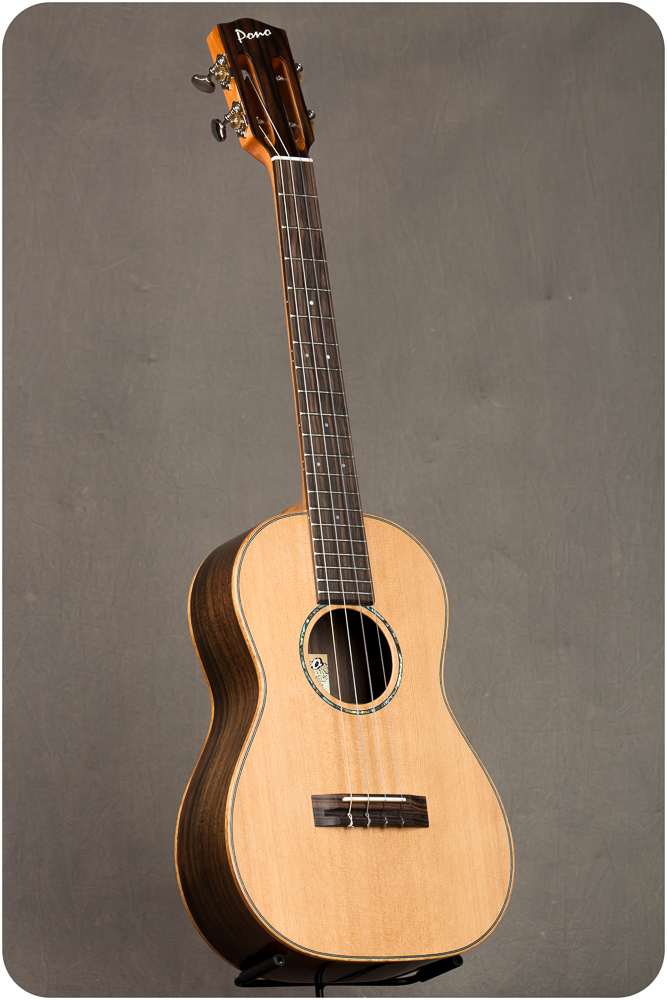
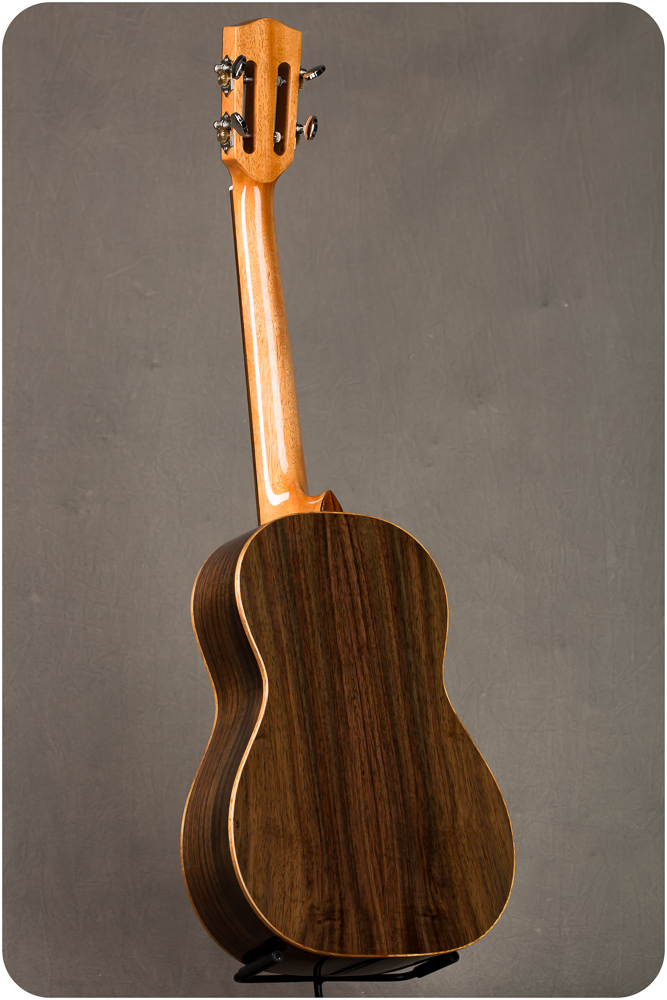
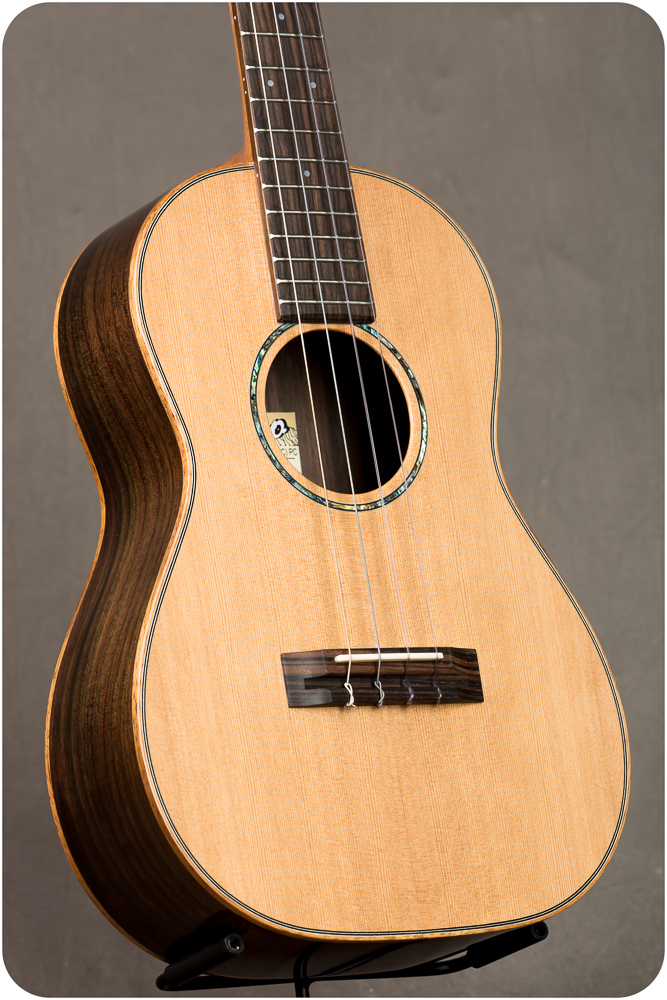

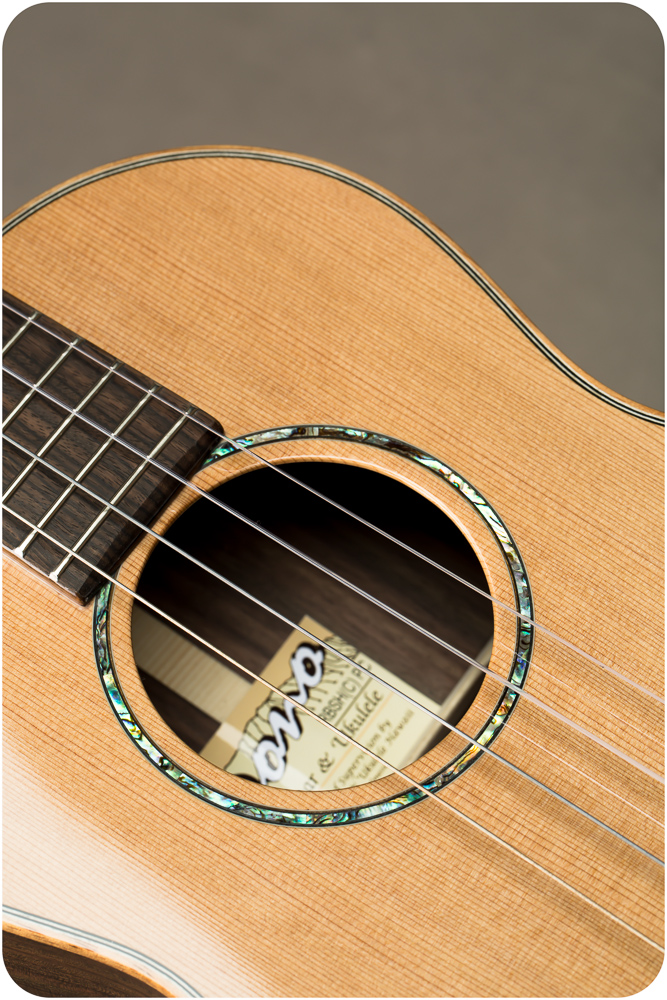
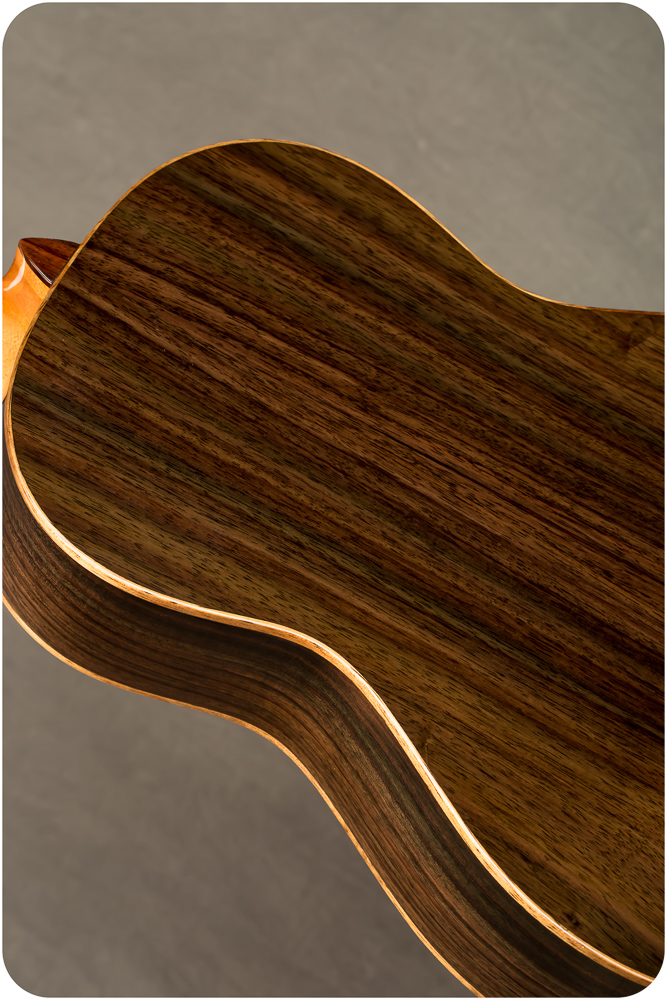
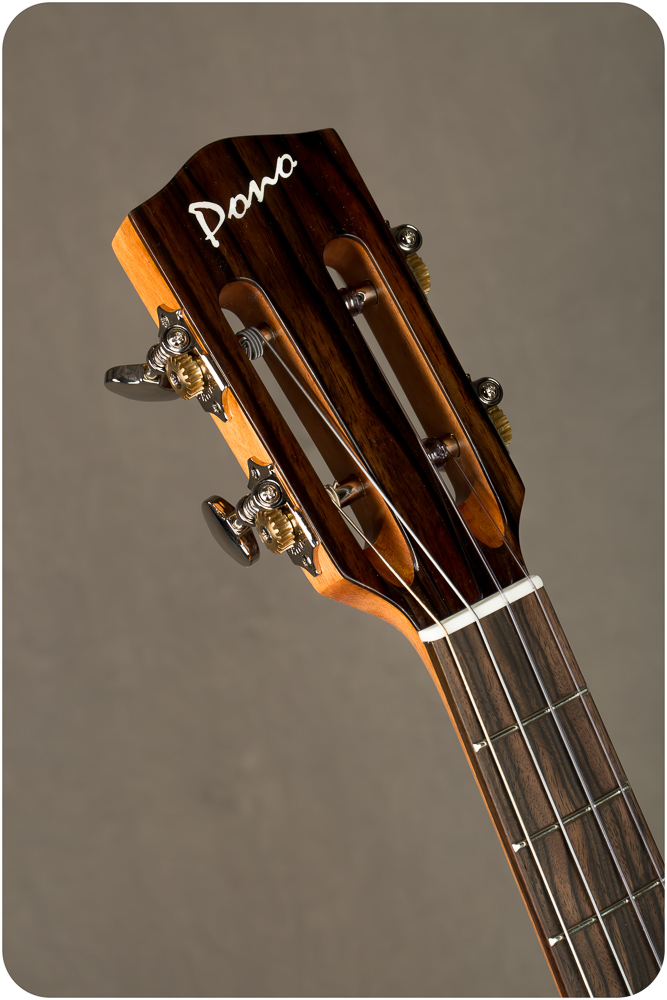
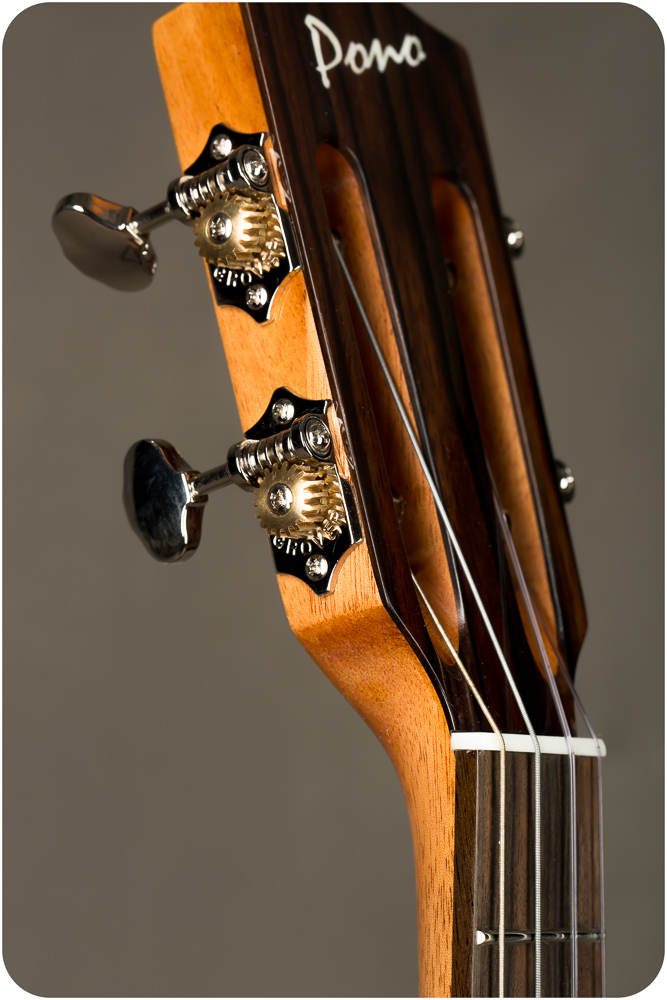
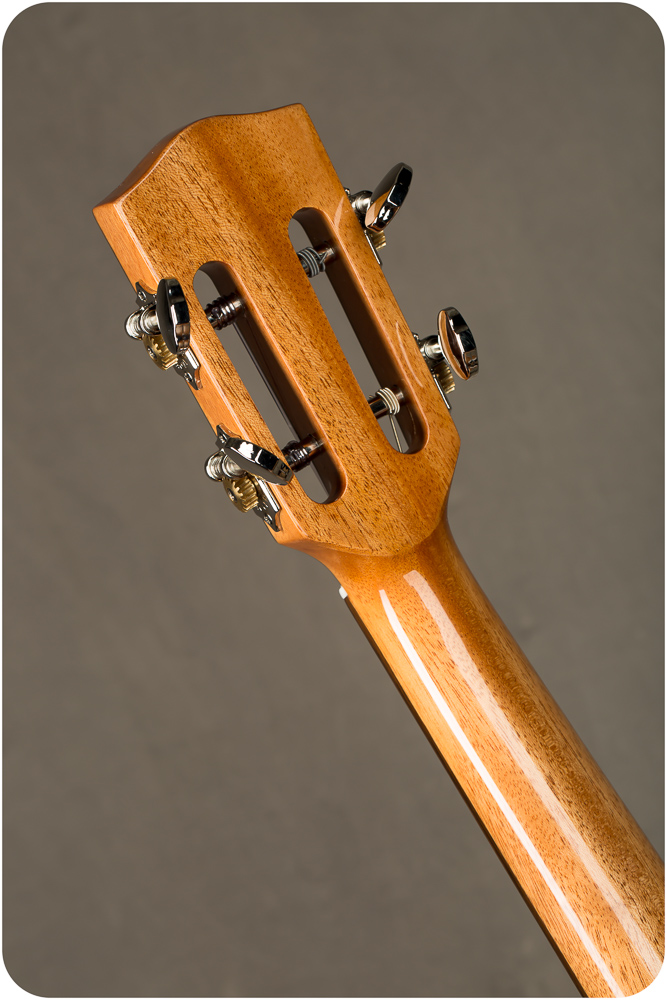
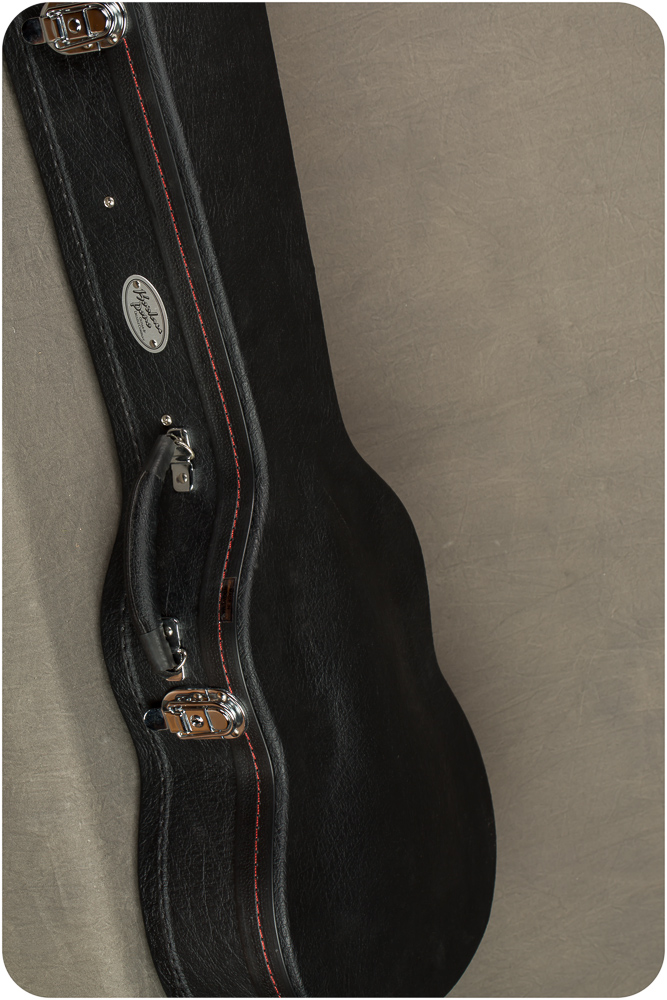
Comments 5
Thank you for reviewing a baritone! Ive considered getting one. I adore my soprano ukulele and I’ve wanted to try something bigger like a guitar but I just can’t seem to stick to it. I’m a pretty small person and I feel like they just are too big for me to enjoy. So I’ve considered trying a baritone uke as a transition. I love how this sounds and it’s a beautiful instrument!
I have a Rosewood/Cedar baritone (not a Pono) and agree with everything Russ says here. An instrument on which to serenade your sweetheart for sure! I also find it good for my “ukulele elbow” (tendonitis), as I don’t need to grip the ukulele with my arm in order for the fingerboard to be at the right playing height/angle for me. A baritone can just sit nicely on my leg. I also have it tuned high D, for a lower, richer version of the classic uke sound.
Would love to try this Pono one day, or, how about the 8 string version? And someday I will 🙂
Thanks for the review!
I started on a tenor Uke but once I played a baritone I was hooked. The deeper tones, especially from better ukes are very nice. One big benefit I discovered was i could use tutoriols or chord sheets for guitar. There are a LOT to choose from so no lack of resources. Pono makes excellent instruments across their entire range.
Thanks Russell for another excellent review! I have been working my way through all you Pono reviews as I line up my next purchase. As we don’t have any Pono dealers here in NZ your reviews and the ukulele site’s sound samples have been invaluable in narrowing down what I am looking for. Now I can’t wait until I can actually get some of these models in my hands when I visit Hawaii later this year.
I have one of these Pono Pro Classic baritones and I fully agree with everything in this review. I’m always looking for a guitar-like sound, but without having to worry about two extra strings and without having to wrap my arms around a piece of furniture. This is it: an ultra-portable instrument with the warmth and depth of a classical guitar.